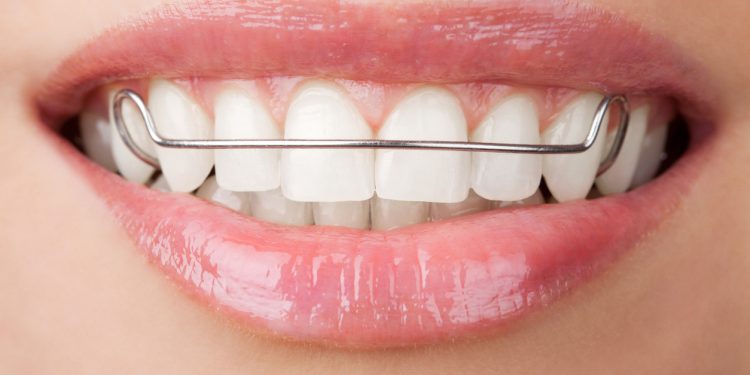Teeth are our best asset to boost our self-esteem, and braces can help us smile confidently. Brace yourself for a journey through the twists and turns of orthodontic appliances! We’re diving into a world where metal, plastic, and sometimes a bit of magic align to gift us with beaming smiles.
We’ll talk about the pros and cons of each type of orthodontics, from the classic train tracks to invisible braces that could have been made with a cloak of invisibility. Get ready to figure out what these smile-boosting gadgets are all about!
Traditional Metal Braces
There have been standard metal braces for a long time. They are one of the most common types of orthodontic appliances. They are made up of metal brackets that are attached to the teeth and a wire that moves the teeth into place.
- Pros:
Traditional metal braces perform well for complex alignment issues, therefore orthodontists favor them. They are durable, effective for all ages, and cheaper than current alternatives.
The transparency of metal braces makes them easier to inspect and repair. Younger patients who want to customize their orthodontic experience like cultured bands.
- Cons:
Metal braces are visible, which can make individuals feel self-conscious, especially adults who wear them to work. Sharp edges can cause discomfort.
Regular orthodontic appointments are necessary yet time-consuming. Metal braces can make eating sticky or hard foods difficult.
Ceramic Braces
Ceramic braces look like metal braces but include tooth-colored or transparent clay brackets. They are less noticeable than metal braces, so people may correct their teeth with them.
- Pros:
Beautiful ceramic braces are a major benefit. The same hue as the teeth makes the bands less noticeable than metal braces. This makes them a popular alternative for folks who want braces but don’t want to be seen. They’re more comfy and don’t hurt your mouth like metal braces.
- Cons:
These braces may shatter or chip more easily than metal ones. Their frequent adjustments, like standard braces, might be painful for certain people. Material costs make them more costly than metal braces.
Invisalign
Invisalign is a modern orthodontic treatment options that use clear plastic aligners to straighten teeth without brackets or wires. The aligners are customized and barely noticeable.
- Pros:
Invisalign is great because it doesn’t draw attention to your teeth. People who want to fix their teeth without anyone noticing often choose these braces because they are so small and clear. Also, you can take them off, which makes it easier to eat and clean than with other braces.
Invisalign aligners offer a level of convenience and confidence not typically associated with orthodontic appliances. For a closer look at how this innovative system works, click for details about Invisalign and discover how you can achieve a seamless smile transformation.
- Cons:
For bigger moves, Invisalign might not be able to fix serious alignment problems and might need buttons or clips on the teeth. Certain people may find it hard to wear the aligners for the full 22 hours every day. They may also cost more than standard dental braces or other ways to straighten your teeth.
Finding Your Perfect Match in Orthodontic Appliances
To find the best orthodontic appliances for your dental needs, way of life, and price, speak with an expert orthodontist. You can choose standard metal braces or the smooth, clear look of Invisalign.
Your road to a beautiful smile is a life-changing experience that needs careful thought and dedication. Accept the process, and soon you’ll be able to show off your perfectly matched smile!
Did this story help you? Check out our site for more.


 Home
Home










